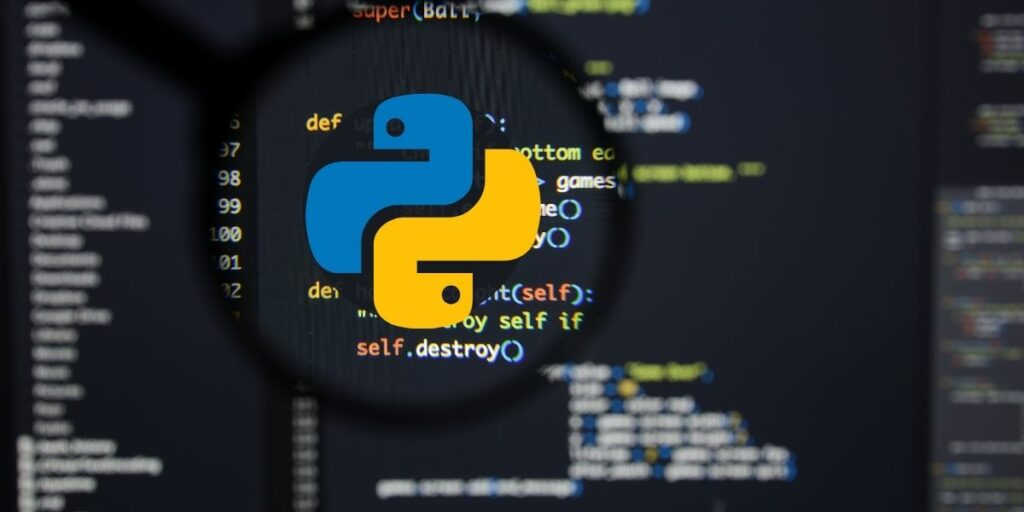
How to get data types of each feature in Data
When working with data in Python, it’s important to know the data types of each feature (column) in your dataset. The data type of a feature determines how it should be handled and the type of operations that can be performed on it.
There are two main ways to get the data types of each feature in a dataset using Python:
Using the pandas.DataFrame.dtypes attribute: If you have loaded your dataset into a Pandas DataFrame, you can use the dtypes attribute to get the data types of each feature. This attribute returns a series where the index is the feature name and the value is the data type.
Using the numpy.ndarray.dtype attribute: If you have loaded your dataset into a Numpy array, you can use the dtype attribute to get the data types of each feature. This attribute returns an array containing the data types of each feature.
It’s also possible to use the info() function of pandas to check the datatype as well as column name and non-null values.
In summary, you can use the pandas.DataFrame.dtypes attribute or numpy.ndarray.dtype attribute to get the data types of each feature in a dataset using Python. These attributes return a series or an array containing the data types of each feature, respectively. This information can be used to better understand the dataset, ensure data integrity and make better decisions when working with the data.
In this Applied Machine Learning & Data Science Recipe, the reader will learn: How to get data types of each feature in Data.
Essential Gigs
For only $50, Nilimesh will develop time series forecasting model for you using python or r. | Note: please contact me…www.fiverr.com
For only $50, Nilimesh will do your data analytics and econometrics projects in python. | Note: please contact me…www.fiverr.com
For only $50, Nilimesh will do your machine learning and data science projects in python. | Note: please contact me…www.fiverr.com
For only $50, Nilimesh will do your gis and spatial programming projects in python. | Note: please contact me before…www.fiverr.com